
Fred Wang is a student at Harvard Law School.
Hours into his administration, President Biden fired the National Labor Relation Board’s (NLRB) Trump-era general counsel (GC), Peter Robb. Upon Robb’s termination, many Republicans clamored that Biden’s move was inappropriate, divisive, even illegal. Many observers—including myself—were skeptical of that latter argument. But over the past few months, corporations in pending litigation with the NLRB have tested it by filing challenges in ongoing cases.
Last week, a New Jersey federal judge shot it down. The case was Goonan v. Amerinox Processing, Inc., which involved an NLRB injunction sought against the metal processing company Amerinox to reinstate workers that it allegedly unlawfully fired. Amerinox argued that the NLRB’s acting GC lacked the authority to prosecute the matter because his predecessor, former GC Robb, was improperly removed from his office.
The district court disagreed. Its analysis of the removal issue was brief and focused exclusively on the “plain language” of the National Labor Relations Act (NLRA). On the district court’s read, the relevant statutory text (Sections 3(a) and 3(d) of the NLRA) distinguishes members of the Board from the General Counsel. Section 3(a), which governs the former, provides that the President may remove any member of the Board “for neglect of duty or malfeasance in office, but for no other cause.” That language, however, is conspicuously absent in Section 3(d), which describes the office of the GC. Indeed, Section 3(d) contains no language detailing the conditions under which the President may remove the GC. In other words, although Congress restricted the President’s ability to remove members of the Board at will, it “did not include the same provision for the General Counsel.” Accordingly, the district court concluded that the President could discharge the GC “without the process required for Board members.”
As others have noted, the particular facts of Goonan make it an unlikely case for definitively resolving the question of whether Robb’s firing was illegal. After all, as the district court later noted, the challenged injunction was brought by an NLRB regional director on behalf of the Board, not the GC. That being said, the decision affirms what many suspected in January: The legal argument against Robb’s firing is weak. And if the high Court’s most recent treatment of the President’s removal authority is any indication, it is unlikely that the Supreme Court—should the question be presented before it—will think otherwise.
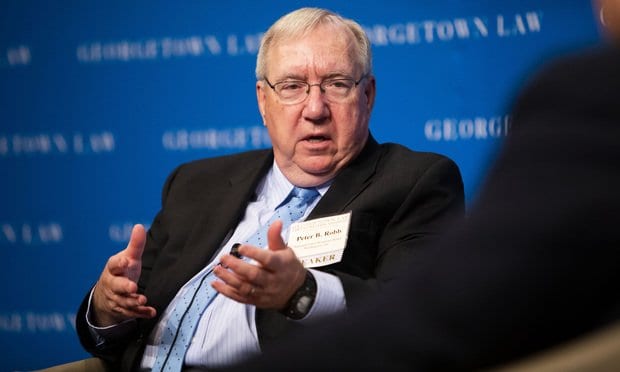

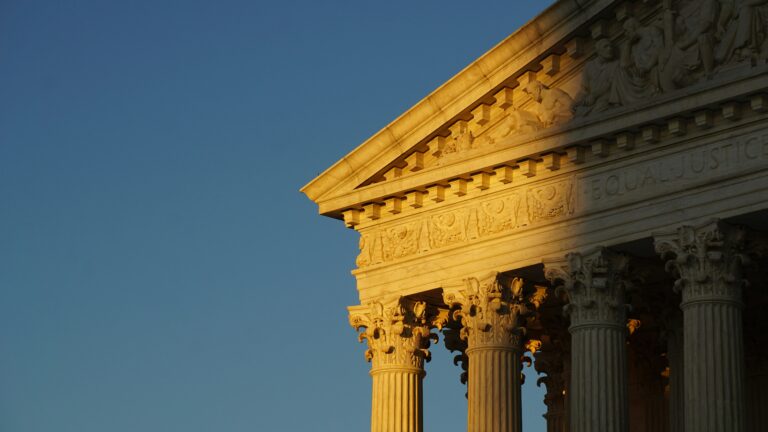
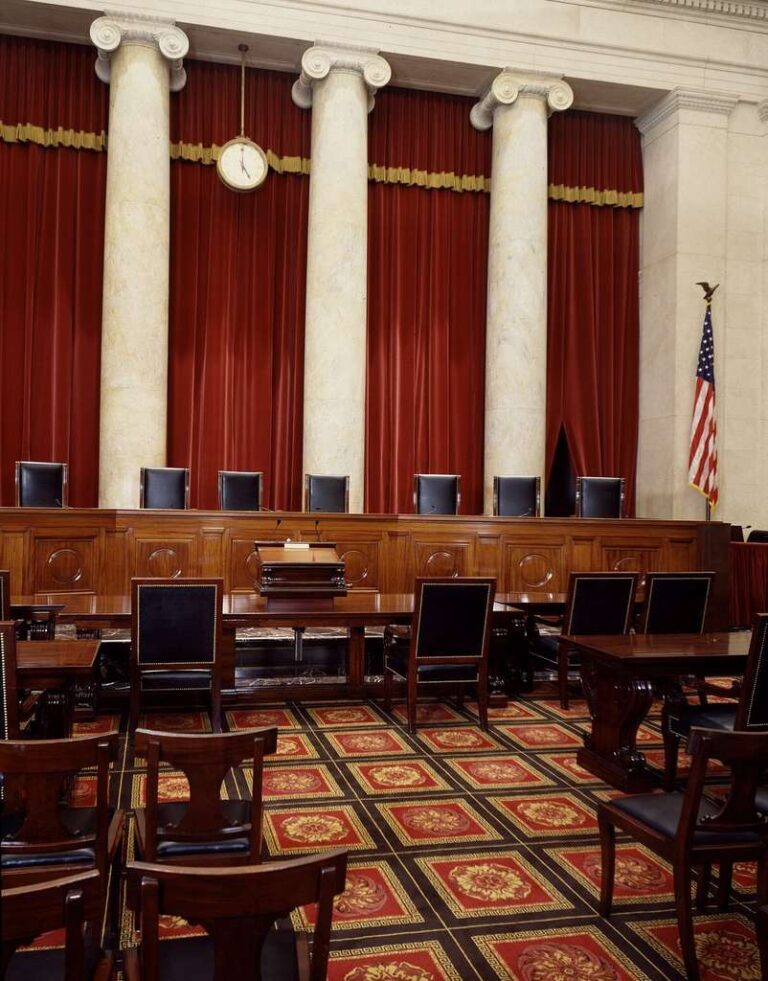
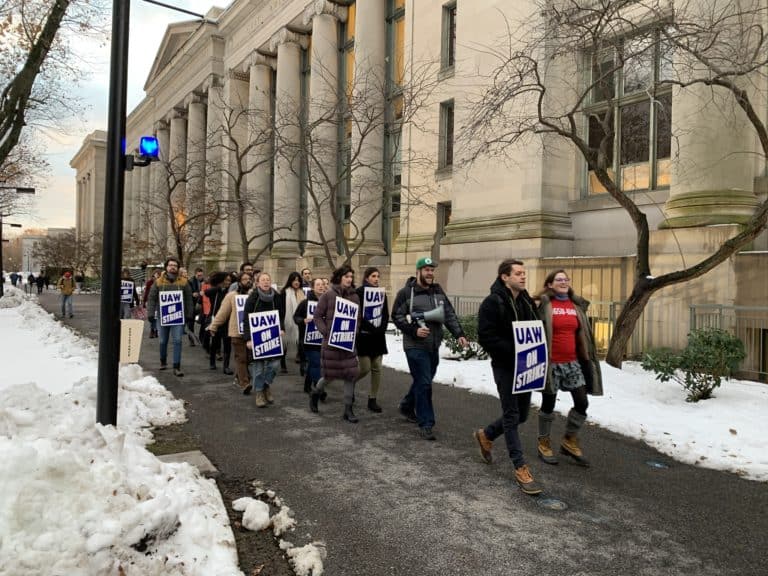


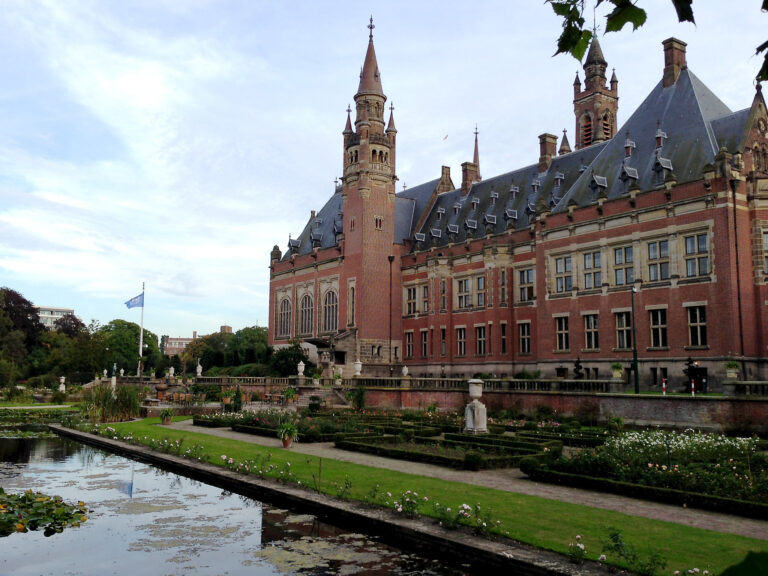

Daily News & Commentary
Start your day with our roundup of the latest labor developments. See all
December 1
California farmworkers defend state labor law, cities consider requiring companies to hire delivery drivers, Supreme Court takes FAA last-mile drivers case.
November 30
In today’s news and commentary, the MSPB issues its first precedential ruling since regaining a quorum; Amazon workers lead strikes and demonstrations in multiple countries; and Starbucks workers expand their indefinite strike to additional locations. Last week, the Merit Systems Protection Board (MSPB) released its first precedential decision in eight months. The MSPB had been […]
November 28
Lawsuit against EEOC for failure to investigate disparate-impact claims dismissed; DHS to end TPS for Haiti; Appeal of Cemex decision in Ninth Circuit may soon resume
November 27
Amazon wins preliminary injunction against New York’s private sector bargaining law; ALJs resume decisions; and the CFPB intends to make unilateral changes without bargaining.
November 26
In today’s news and commentary, NLRB lawyers urge the 3rd Circuit to follow recent district court cases that declined to enjoin Board proceedings; the percentage of unemployed Americans with a college degree reaches its highest level since tracking began in 1992; and a member of the House proposes a bill that would require secret ballot […]
November 25
In today’s news and commentary, OSHA fines Taylor Foods, Santa Fe raises their living wage, and a date is set for a Senate committee to consider Trump’s NLRB nominee. OSHA has issued an approximately $1.1 million dollar fine to Taylor Farms New Jersey, a subsidiary of Taylor Fresh Foods, after identifying repeated and serious safety […]